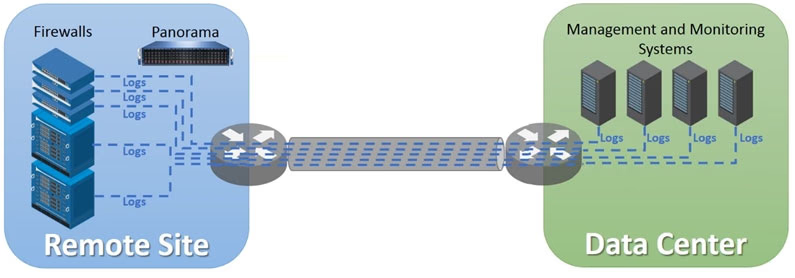Palo Alto Networks Certified Network Security Engineer
Here you have the best Palo Alto Networks PCNSE practice exam questions
- You have 619 total questions to study from
- Each page has 5 questions, making a total of 124 pages
- You can navigate through the pages using the buttons at the bottom
- This questions were last updated on June 26, 2025
- This site is not affiliated with or endorsed by Palo Alto Networks.
